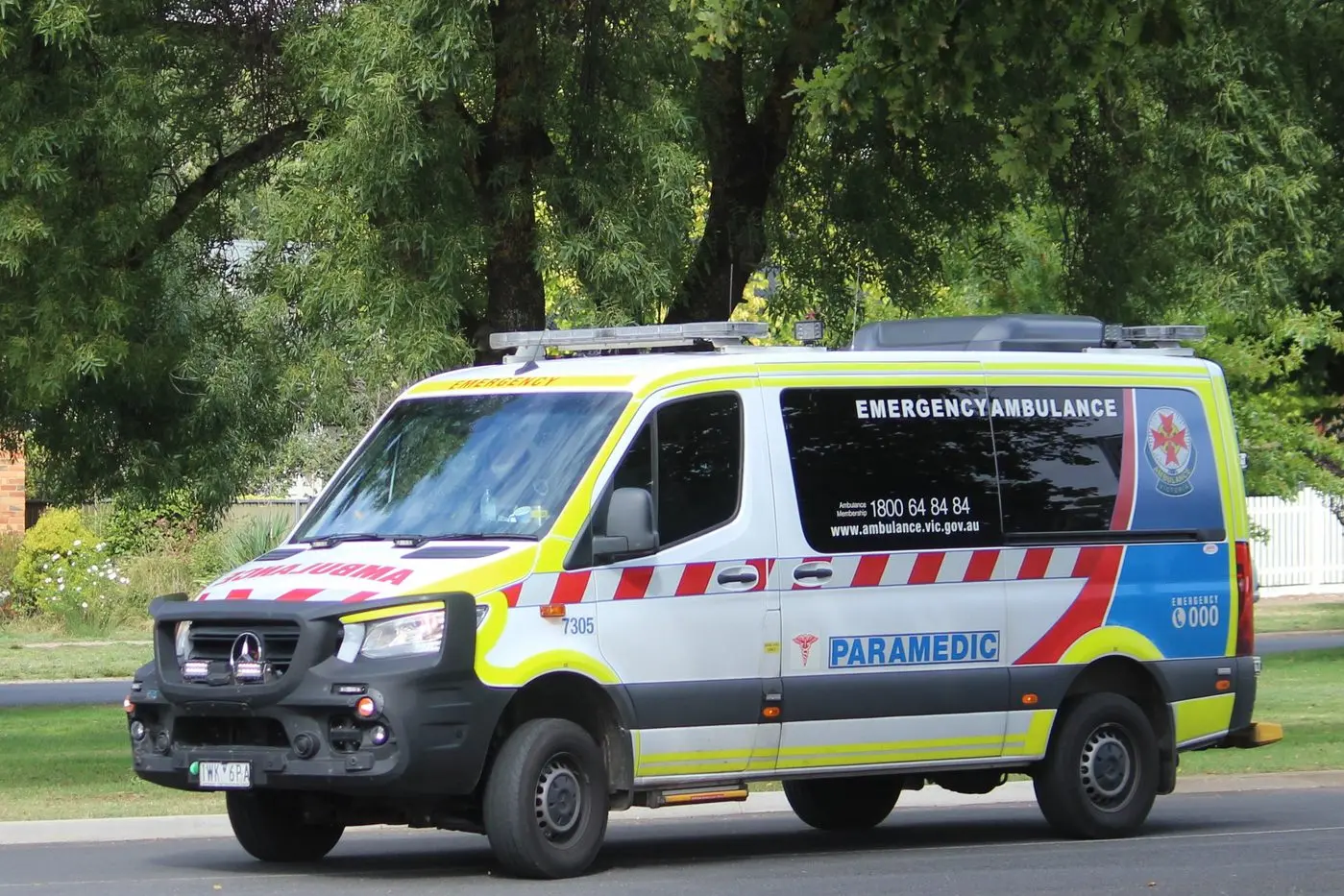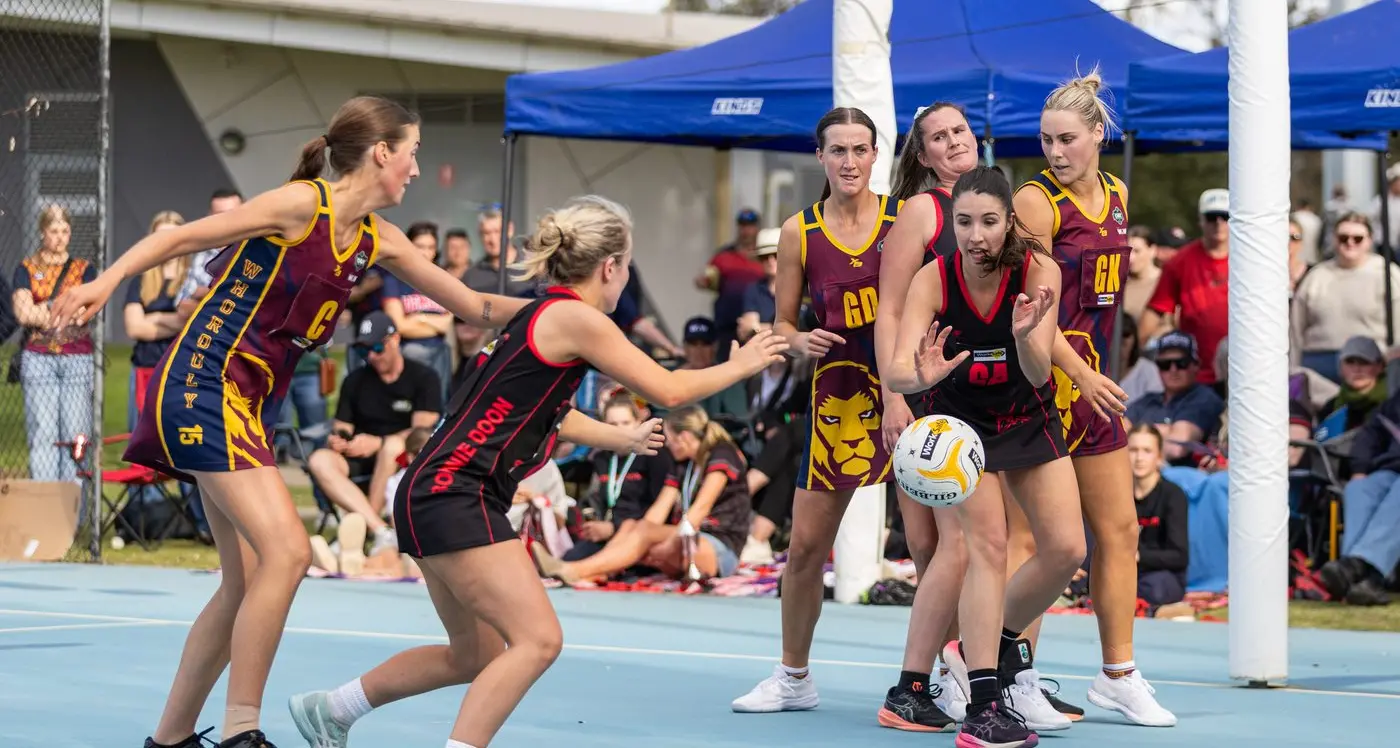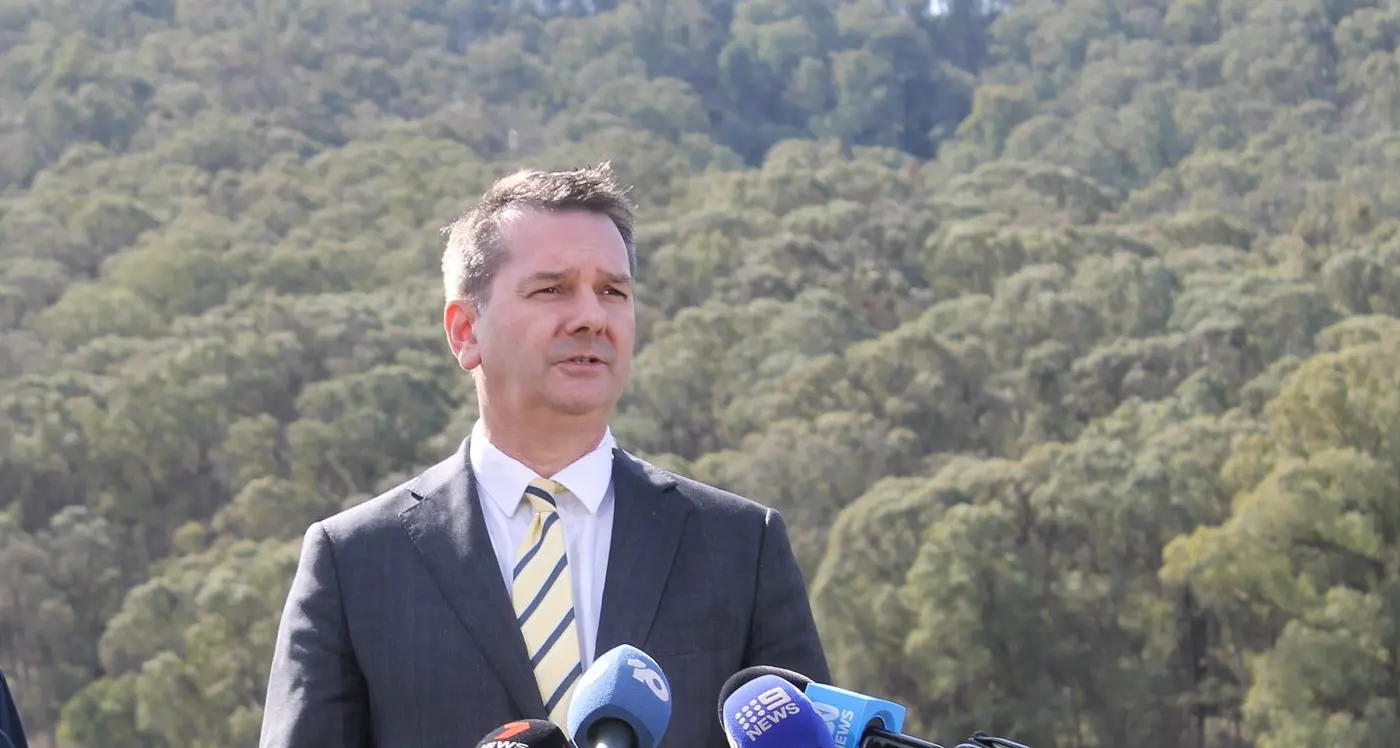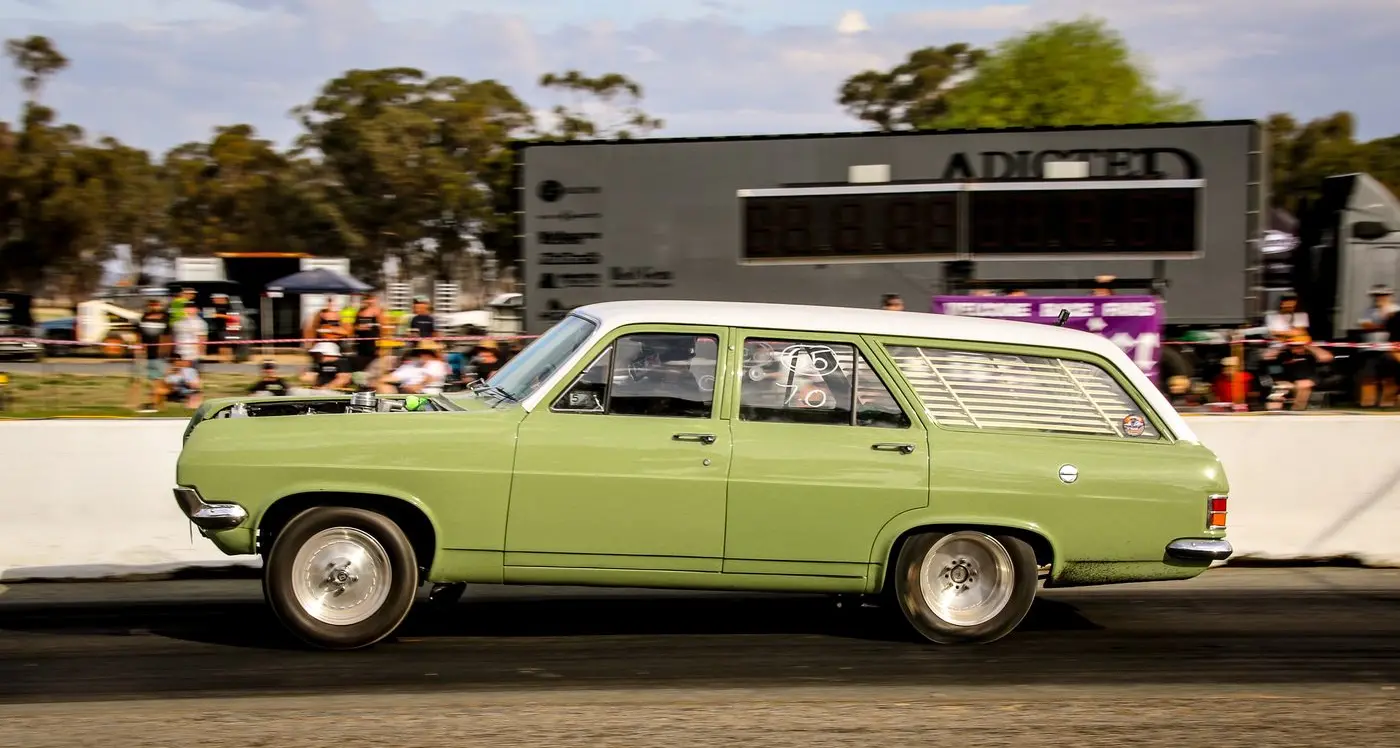PHOTO
AMBULANCE response times in Mansfield have improved, with paramedics reaching urgent Code 1 cases faster than they did a year ago.
New data from Ambulance Victoria (AV) states that 50.5 per cent of Code 1 patients in Mansfield were attended to within 15 minutes between October and December 2024.
This is an increase from 43.7 per cent during the same period last year.
The improvement comes despite one of the busiest periods on record for emergency responders.
Victoria’s paramedics are attending nearly 100,000 Code 1 cases statewide every three months.
Despite this pressure, Mansfield was among the regional areas where response times improved.
Further improvements were recorded in other parts of the Hume Region, including Wangaratta and Wodonga.
In Wangaratta, Code 1 response times improved by 37 seconds.
In Wodonga, paramedics attended 77.7 per cent of critical cases within 15 minutes, the third-best result in the state.
Hume Regional Director Narelle Capp welcomed the progress but acknowledged there was still work to be done.
“AV continues to work with hospitals to promptly transfer patients and ensure all Victorians receive the right care at the right time,” she said.
To help manage increasing demand, Ambulance Victoria has recruited 84 new graduate paramedics since November.
An additional 15 experienced paramedics from interstate and New Zealand will start soon.
Technology upgrades are also being introduced to improve response times and patient care.
“In 2025, we are rolling out new digital radios across regional Victoria and iPads to all our crews with a modern platform making it easier and faster to complete electronic patient care records,” Ms Capp said.
Statewide, AV crews responded to 64.9 per cent of Code 1 cases within the 15-minute target.
The average response time for Code 1 emergencies was 15 minutes and 42 seconds.
Efforts to reduce ambulance strain are also playing a role in improving response times.
“Our expert Secondary Triage team of nurses and paramedics also make a real difference by connecting patients with the care they need while helping free up crews for patients in time-critical emergencies,” Ms Capp said.
Between October and December, 43,864 patients who did not require an emergency ambulance were directed to more appropriate care options.
Medium Acuity Transport Service (MATS) crews handled 8100 lower-priority cases, keeping frontline ambulances available for the most urgent calls.
Ms Capp encouraged the public to consider alternative healthcare options when possible.
“In less urgent cases, there are many options people can access when they need timely medical care and health advice all day every day – but not an emergency ambulance or calling Triple Zero (000),” she said.
These alternatives include the Victorian Virtual Emergency Department (VVED), Urgent Care Clinics, GPs, pharmacists, and Nurse-On-Call (1300 60 60 24).





